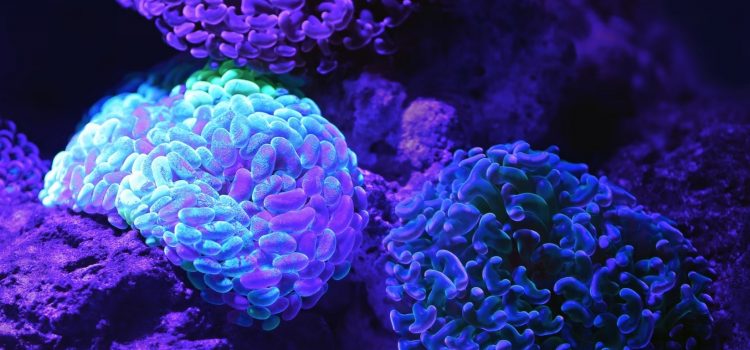

This article is an excerpt from the Shortform book guide to "I Contain Multitudes" by Ed Yong. Shortform has the world's best summaries and analyses of books you should be reading.
Like this article? Sign up for a free trial here.
How does the microbiome influence the immune system? Are there “good” and “bad” microbes?
Although we often think of ourselves as individuals, we’re essentially walking ecosystems with countless microbes living in partnership with us. According to Ed Yong, by understanding that our microbiome and immune system are interconnected, we can explore ways to use microbes to improve our health.
Read on to learn how the microbiome influences the immune system, according to Yong.
Understanding Your Microbiome & Immune System
In I Contain Multitudes, Ed Yong writes that microbes form life-long interdependent relationships with humans by co-managing our immune systems with immune cells. Yong argues that the common conception that the immune system’s primary job is to eliminate “bad microbes” is incomplete. Instead, he describes it as a constant fine-tuning process in which your microbiome and immune system strive to reach a healthy balance.
(Shortform note: Some people agree with Yong’s idea that militant metaphors that frame the immune system as battling microbes or diseases (the enemies) are inappropriate because it elicits a sense of shame if the patient “loses the battle.” Some people advocate for a more nuanced “journey” metaphor instead.)
Yong describes three examples of how your microbiome and immune system work together to keep you healthy:
1. Bacteriophages regulate microbe populations. Although viruses have a bad reputation for causing illness, most viruses are actually bacteriophages, which infect bacteria, kill them, and re-program them to produce more bacteriophages. They help us keep the microbial populations in balance, and we provide them with a steady supply of bacterial hosts.
(Shortform note: Bacteriophages are actually the most abundant life form on the planet. Scientists estimate that there are about a trillion bacteriophages for every grain of sand on Earth.)
2. Beneficial microbes outcompete pathogens. Beneficial microbes help keep the population of pathogens in check by competing with them for food and nutrients. Yong claims that this is why people are often more susceptible to bacterial infections after a dose of antibiotics, when the microbial slate is wiped clean and pathogens have an opportunity to fill the vacuum and overwhelm the immune system.
(Shortform note: This is the argument that Gundry makes in The Plant Paradox when he warns against the use of broad-spectrum antibiotics. He claims that it can take up to two years for beneficial microbes to return, and some might never be restored.)
3. Microbes mediate inflammatory responses. Your microbiome helps to moderate both the timing and scale of your immune system’s responses by telling your immune cells what to respond to and when. Some species of microbes trigger pro-inflammatory responses (when the immune system ramps up its activity) when they detect something harmful, like a virus. Other species trigger anti-inflammatory responses when they detect a harmless microbe. Without anti-inflammatory responses, the immune system destroys normal cells and we contract inflammatory conditions like inflammatory bowel disease, asthma, and rheumatoid arthritis.
(Shortform note: T. Colin Campbell and Thomas M. Campbell’s The China Study discusses non-microbial factors associated with inflammatory diseases (also known as autoimmune diseases). These include geography, vitamin D deficiency, viruses, and foods such as cow milk.)
Microbes Also Enable Diverse Diets in Humans
In addition to striking a healthy balance with your immune system, another benefit of a diverse microbiome is how it enables us to eat an omnivorous diet, which provides humans with important nutrients.
(Shortform note: If humans can’t digest cellulose, then how and why do we eat plants? Although we can’t digest cellulose like other animals can, we can still extract nutrients from plants by chewing and cooking vegetables and greens. The cellulose, also known as “dietary fiber,” is still important because it passes through the colon and feeds gut microbes that regulate bowel movements.)
Since breaking down plants requires more digestive enzymes, plant-eaters have a much larger microbiome than those who predominantly eat meat. And because humans have a wide array of food options, we’re also able to use them to regulate the microbes in our guts. Yong writes that our microbiome can change drastically within 24 hours, depending on what we eat.
(Shortform note: Although we can survive on many different types of food because of our microbiome, Michael Pollan’s In Defense of Food presents arguments for why humans benefit from a mostly plant-based diet. He writes that vegetarians tend to be healthier and live longer, and the vitamin C in plants helps eliminate toxic and cancer-causing compounds.)

———End of Preview———
Like what you just read? Read the rest of the world's best book summary and analysis of Ed Yong's "I Contain Multitudes" at Shortform.
Here's what you'll find in our full I Contain Multitudes summary:
- A deep dive into the mysterious and fascinating world of microbes
- How commercial probiotics have oversold health benefits
- How modern sanitation practices are harming us






